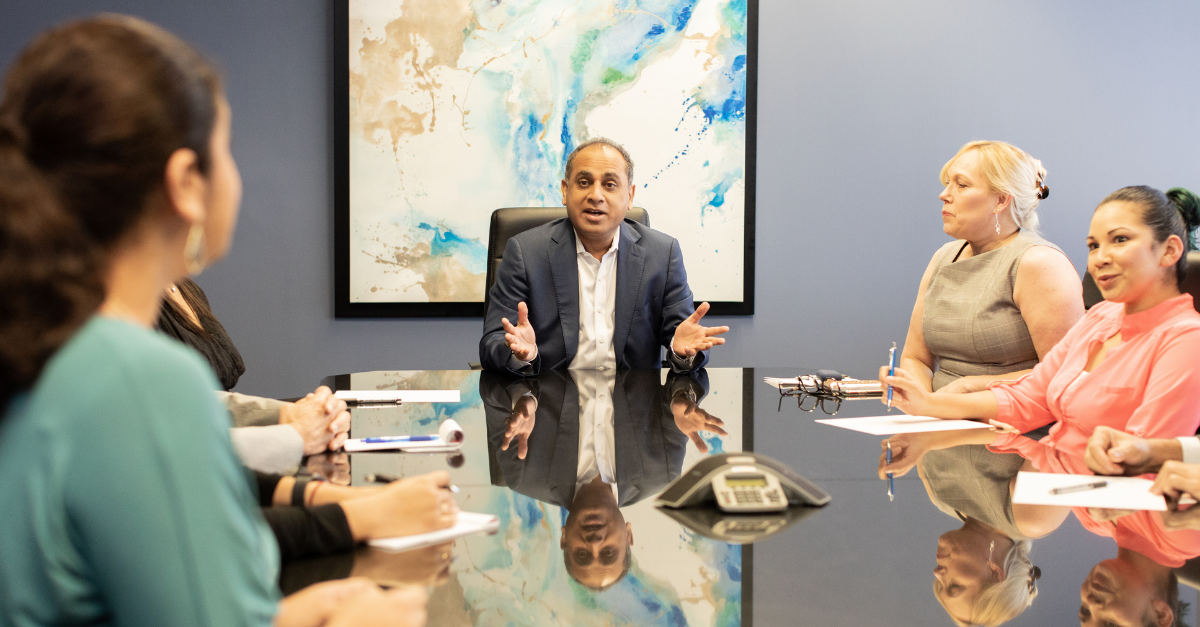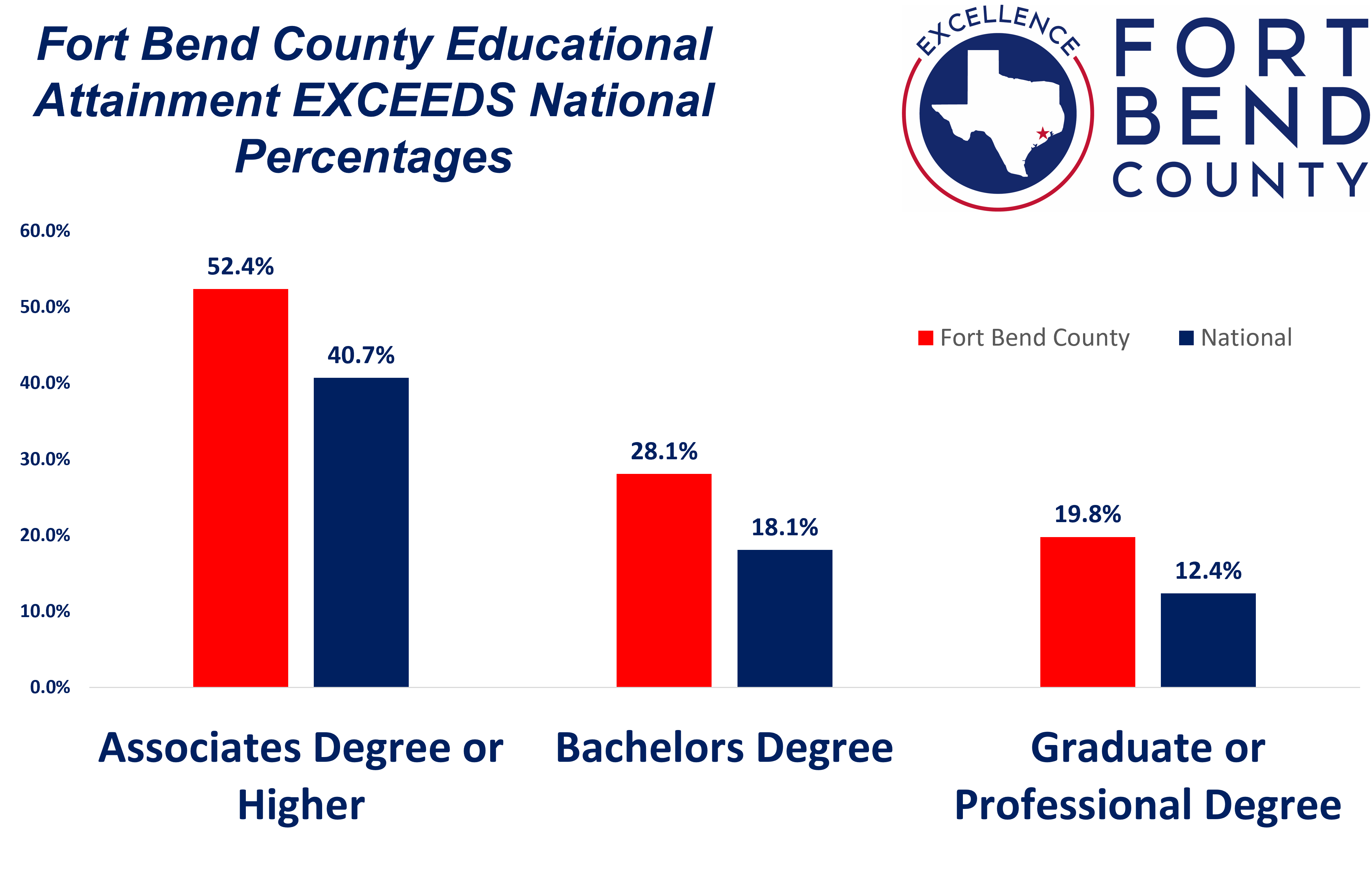
Economic development and commercial real estate, for decades, centered around location, location, LOCATION, and certainly, that is still a significant factor. But to parrot a phrase, workforce is the new location.
Without a doubt, a community’s number one resource for business attraction is workforce. Area Development recently released a corporate study earlier this year, and the "availability of skilled labor ranks first among the site selection factors — considered 'very important' or 'important' by 91.4 percent of the Corporate Survey respondents."
Fort Bend County has always had a strong workforce, but that has never been more important than it is now. Large national employers such as Frito-Lay (750 employees), Amazon (1,000 employees), and Dollar Tree (550 employees) along with area companies such as HCSS (400 employees), Accredo Packaging (700 employees), and Biotics Research (150 employees) have all made major investments either relocating or expanding to and within Fort Bend County. The impact totals hundreds of millions of dollars in the past two years, in large part, due to the quality of the regional workforce pool.
Tom Webb, VP of Products with HCSS, cites workforce as the driving factor in their expansion in Fort Bend County.
Here are the facts:
Fort Bend County’s workforce totals nearly 400,000
The regional laborshed exceeds 3.1 million people
52.4 percent of the Fort Bend labor pool has an associates degree or higher, highest in the region
47.9 percent of the local labor talent has a bachelor's degree or higher, highest in the region
Commercial growth has exceeded 74 percent in the past 10 years
Fort Bend County is the most diverse county in the region

So, how does this happen? How does a community like Fort Bend build a workforce that is attractive to large employers? The answer is cooperation, collaboration, and commitment amongst area stakeholders. The University of Houston at Sugar Land, Houston Community College, Wharton County Junior College, and Texas State Technical College all reside in Fort Bend and work closely with the six area, award-winning school districts and a growing commercial sector to pump the labor pipeline full of trained, skilled, employable labor that is responsive to industry needs. County and city leadership aggressively pursue companies that value a skilled, trained workforce. Community resources like the Small Business Association, Workforce Solutions, area chambers, and the Fort Bend EDC collectively seek opportunities to build synergies and find workforce solutions that set us apart, and area chambers and EDCs advocate for good public policy that supports workforce development and a growing commercial sector.
But the story does not end there. As was said in a great movie once, “Build it, and they will come!" Fort Bend, with all its assets and exceptional quality of life, attracts highly educated, highly skilled people to our community, deepening our labor pool. Our talent pipeline is enhanced by those moving into the region, at a rate that is equal to the number of people moving into the city of Houston.
William Fulton, Director of the Kinder Institute for Urban Research at Rice University, studies the growth trends in the Houston region. “In the last few years, the focus of population growth in the region has shifted dramatically to the outlying counties—especially Fort Bend County, which in the last decade added as many people as the City of Houston (added).”
Think about that…growth that equals the growth found in one of the nation’s largest cities. Add to that fact that the county is less than 50 percent developed, and it quickly becomes clear the labor pool and commercial sector will only continue to grow.
Estimates indicate the county will exceed a million people in the next several years, and just as important that growth is diverse- diverse, in gender, race, religion, ethnicity, background, and experiences, adding additional flavor to both the community and the talent pool, inclusive and aspirational, making a good community great!